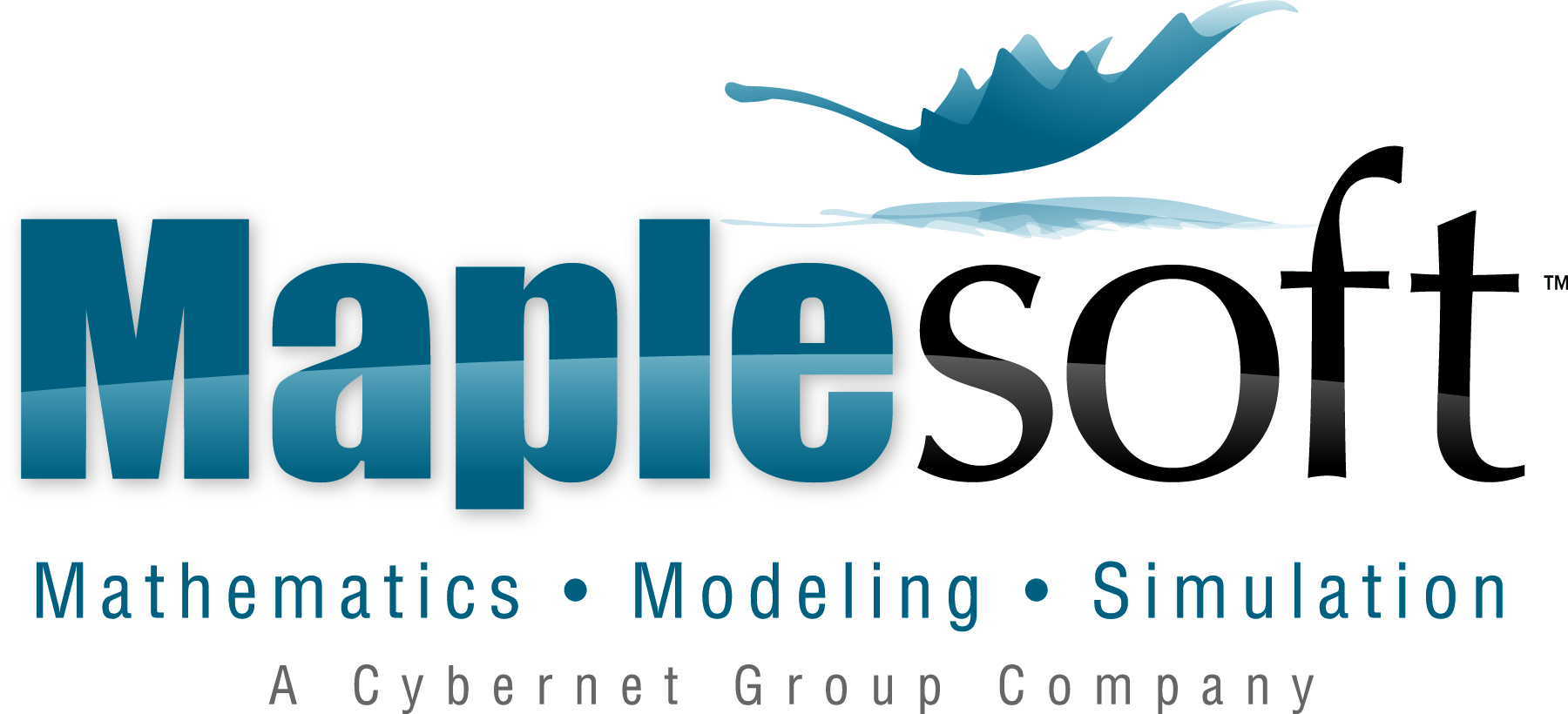Tutorials
Titles and Abstracts
|
Hongbo Li Chinese Academy of Sciences, China. 
|
Automated Geometric Reasoning with Geometric Algebra: Theory and PracticeAbstract: Traditional Euclidean styled proofs of geometric theorems have trained
generation after generation of people for their ability of making
mathematical logical reasoning. They may be hard to contrive, but once
constructed, usually they exhibit a style of mathematical beauty:
succinct and rigorous, readable and enlightening. In contrast, proofs out
of Cartesian analytic approach are usually boring or even
impossible to read as there may be polynomial manipulations involving
hundreds of thousands of terms. Unreadable proofs are indeed verification,
but are short of mathematical beauty, and have rather limited value in
inspiring mathematical creativity. |
|
Marni Mishna Simon Fraser University, Canada 
|
Algorithmic Approaches for Lattice Path CombinatoricsAbstract: Lattice paths are fundamental combinatorial classes and they appear in
many guises in physics, queuing theory, language theory, and pure
mathematics. New formulas for the asymptotic enumeration of walks
restricted to a quadrant have appeared in the past ten years, mostly
driven by novel systematic, and analytic approaches. |
|
Damien Stehlé ENS de Lyon, France 
|
Lattice reduction algorithmsAbstract: Lattice reduction aims at finding a basis consisting of rather short
vectors, from an arbitrary basis. The importance of lattice reduction
stems from the observation that many computational problems can be cast as
finding short non-zero vectors in specific lattices (e.g., in computer
algebra, cryptography, algorithmic number theory). |




